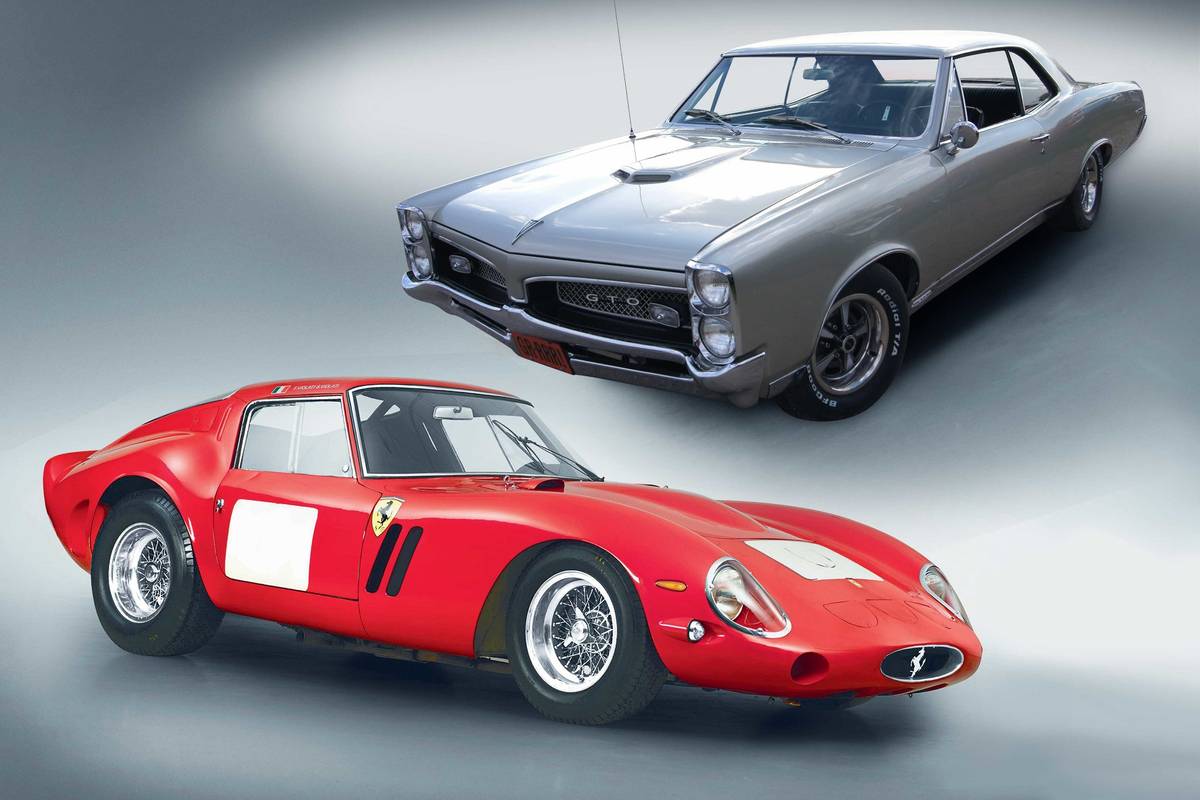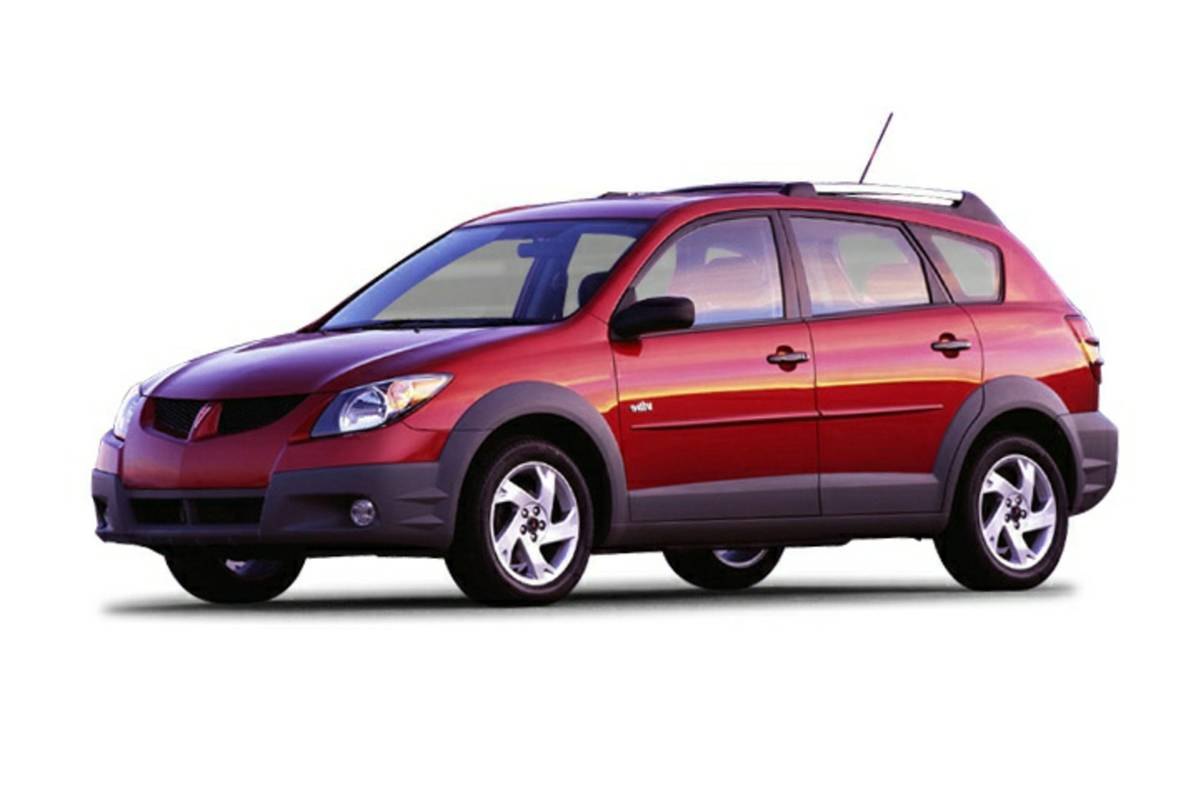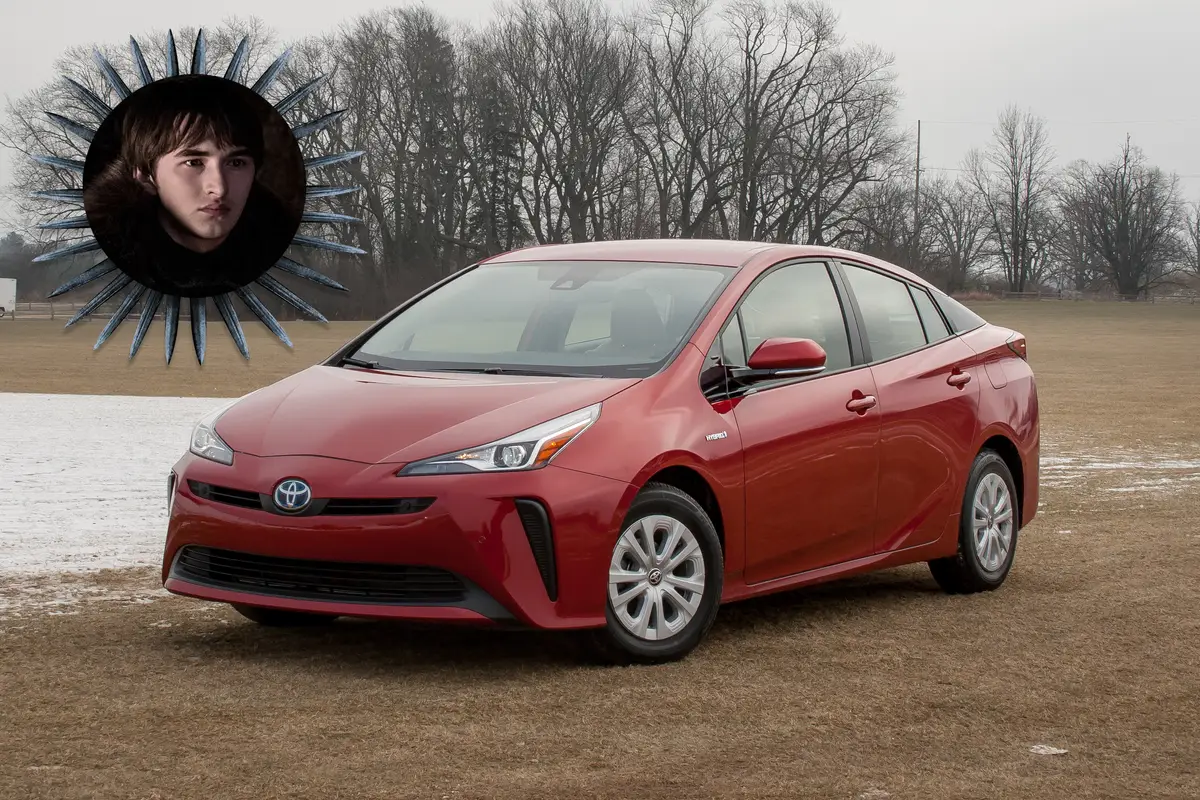Video: 2009 Pontiac G5
By Cars.com Editors
May 13, 2009
Share
About the video
Cars.com's Kelsey Mays takes a look at the 2009 Pontiac G5. It competes with the Chevrolet Cobalt and Ford Focus.
Transcript
(electric guitar plays) Hi, I'm Kelsey Mays for Cars.com. The Pontiac G5 is the sort of car your kid neighbor might have worked all summer at the Burger Barn saving up money for or the one you rented on your trip to Florida last weekend.
Either way, high gas prices might have you thinking Pontiac again because in some trends in 2009, G5 gets up to an EPA-estimated 37 miles per gallon highway. The secret is Pontiac's four-cylinder engine is shared here with the roughly identical Chevy Cobalt. Both cars have a special XFE trim that stands for "Extra Fuel Economy" this year that use a specially calibrated 5-street manual transmission and low-rolling resistance tires to get 25/37 miles per gallon on city highway. It's a pretty good increase over last year. Driving the XFE, you'll notice that you can't really have your cake and eat it too. The car does have a very low final drive ratio, and that means that it takes a little bit longer to wind out those gears. There's more low-end power than the Ford Focus, the Honda Civic, the Toyota Corolla manage. They have smaller four-cylinder engines, but by the time you get up to highway speeds, the advantage isn't really Pontiac's anymore. There is a shift light on the gauges that tells you when to upshift. It comes on a little bit early before you hit the engine stride, but if you stick with it, it will help you get better mileage. Those low-rolling resistance, 15-inch tires don't provide a whole lot of grip, so you want to take it easy on those highway off-ramps. I suspect the way this car's handle wheel have you feeling the same way. There's plenty of body roll, and the steering has a very overly assisted sort of almost noodly feel at lower speeds. At higher speeds, it settles in with an even balance, but the car's very susceptible to highway wind gusts. And the steering response, at times, can become twitchy and really uneven. There's also a lot of wind noise overhead. If handling is more your thing, there is a G5 GT model that got a sport tuned suspension. It's also got grippier 17-inch tires. Unfortunately, if you get the automatic with that, you give up as much as five miles per gallon in highway mileage. Either way, you'll have to tend with the fact that the G5, like the Cobalt, is one of GM's oldest existing models. The current car is due to be replaced soon, and it doesn't hold a lot of appeal. The dashboard has a lot of hard shiny plastics. The panel fit is uneven in certain places. Those sharing the car with someone of different size will want to note that the levers to adjust the seat backrest and lift the seat up and down, the seat height adjuster are kind of crammed into this narrow area. Down here, the steering wheel tilts, but it doesn't telescope like the ones in a lot of competitors do, and the parking brake, as you lift it up, bangs right into the center console. The owner's manual suggests that you lift the console first before accessing the parking brake. Great. The trunk has almost 14 cubic feet of space. That's pretty impressive in this segment actually. Unfortunately, there's a high lift over and pretty narrow opening overall. It stands in contrast to things the G5 actually gets right. Areas like a high quality woven headliner overhead instead of the typical mouse furry you find, and one of the easier-to-use stereos. In the segment, parents will also note that, in back, there are three sets of child seat anchors, including one in the middle seat. Most cars only have them in the outboard seats. The middle seat's actually the safest spot for kids. GM should have no trouble at all selling XFE Cobalts and G5's, simply on the prospect of 37 highway miles per gallon. That doesn't necessarily make this an appealing choice. If you're going to spend 15 or 20 thousand dollars on a compact commuter, there are better ones out there. They may only get 34-35 on the highway, but at that level, the differences are less than you might think. <v Narrator>For additional information on this car or any other, go to Cars.com and our blog Kicking Tires.
Featured stories

By Fred Meier
March 14, 2020

By Patrick Masterson
January 30, 2020

By Cars.com Editors
May 9, 2019
